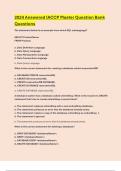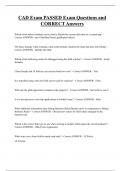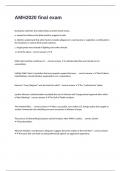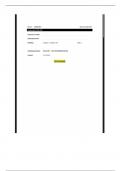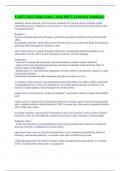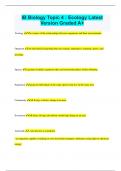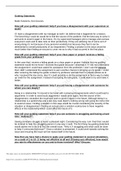Exam (elaborations)
2024 Answered IACCP Master Question Bank Questions
- Course
- NURSING
- Institution
- Arizona Medical Training Institute
2024 Answered IACCP Master Question Bank Questions 2024 Answered IACCP Master Question Bank Questions 2024 Answered IACCP Master Question Bank Questions 2024 Answered IACCP Master Question Bank Questions 2024 Answered IACCP Master Question Bank Questions 2024 Answered IACCP Master Question Ban...
[Show more]
